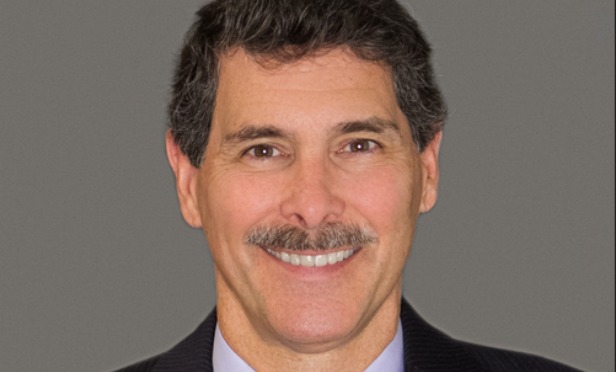 Business growth in the Inland Empire market is outpacing the State of California. According to research from the University of California, Riverside School of Business Center for Economic Forecasting and Development the total number of businesses in the Inland Empire grew by 11.1% from 2011 to 2016—the latest data available—surpassing the state's business growth of 8.6% during the same time period.
Business growth in the Inland Empire market is outpacing the State of California. According to research from the University of California, Riverside School of Business Center for Economic Forecasting and Development the total number of businesses in the Inland Empire grew by 11.1% from 2011 to 2016—the latest data available—surpassing the state's business growth of 8.6% during the same time period.
“A combination of industry growth and population growth has been driving the IE economy for several years,” Robert Kleinhenz of UCR School of Business Center for Economic Forecasting and Development, tells GlobeSt.com. “This study looked at establishment as well as employment data for the Inland Empire. Latest available data ran from 2011 through 2016, the period of time when the Inland Empire was accelerating out of the depths of the great recession. From 2012 forward, the Inland Empire consistently outpaced the state in job gains as the overall recovery in the US and state economy fueled expansion in industries such as logistics and manufacturing, while population growth, which outpaced the rest of Southern California, gave rise to increases in population serving activities such as retail, health care, and local services.”
Of course, logistics—thanks to the industrial boom and massive new development—has played a significant role in the business growth. “Logistics also saw big gains as the Southern California logistics industry took off in response to the long expansion we've been in the midst of over the last several years,” says Kleinhenz. Again, this industry saw significant additions to payroll jobs as well as establishment counts.
Healthcare, however, has been a major driver of business growth in the market in terms of jobs as well as office formation. “It was near the top in terms of establishment formation as medical offices increased in number to meet the needs of a growing population which had more access to health care insurance and whose ranks included larger numbers of older individuals,” adds Kleinhenz.
Finally, retail has also played a significant role in the business growth. Like healthcare, this industry has been fueled by population growth. “Retail grew quite a bit as the region's population grew and purchasing power increased over the last several years,” says Kleinhenz. “This occurred despite the recent challenges this sector has faced in the last year or so as is directly confronts the growing presence of online distribution.”
The business growth has a significant impact on the commercial real estate sector. From the start of 2012 through first quarter 2019, Riverside County has a 167% increase in construction and San Bernardino had a 136% increase in construction. By comparison, the State of California has a 111% increase in construction activity in the same time period. “Office and industrial segments of the market have responded to growth in the region in recent quarters and years, as has retail. Vacancy rates have improved as lease rates have grown,” says Kleinhenz. “Industrial in particular has performed well as the region has served as a critical hub for logistics and distribution both nationally and locally.”
While the Inland Empire job and business market has been on fire for the last several years, the momentum may be slowing. “The region's job creation machine has slowed in recent quarters,” says Kleinhenz. “Although the Inland Empire's labor force is growing faster than the other counties in Southern California, it has slowed as affordability has become more of a concern. Moreover, Inland Empire employers have to compete with the other counties for that labor force, but often pay lower wages compared to L.A. and Orange County. So job growth will drop below 2% for the first time since early in the decade, and as such, it will line up more closely with statewide growth for the first time in many years.”
© Touchpoint Markets, All Rights Reserved. Request academic re-use from www.copyright.com. All other uses, submit a request to [email protected]. For more inforrmation visit Asset & Logo Licensing.






